Flanges are widely used in piping network for removable connections to various piping components like valves, special items as well for connection to equipments. They are normally made by forging process. Only in few cases it can be fabricated from plates.
In ASME B16.5, only Blind flange and reducing flange can be fabricated from a weldable quality plates.
Tags : #Piping_Engineering #Piping_Fittings #Piping_Flanges
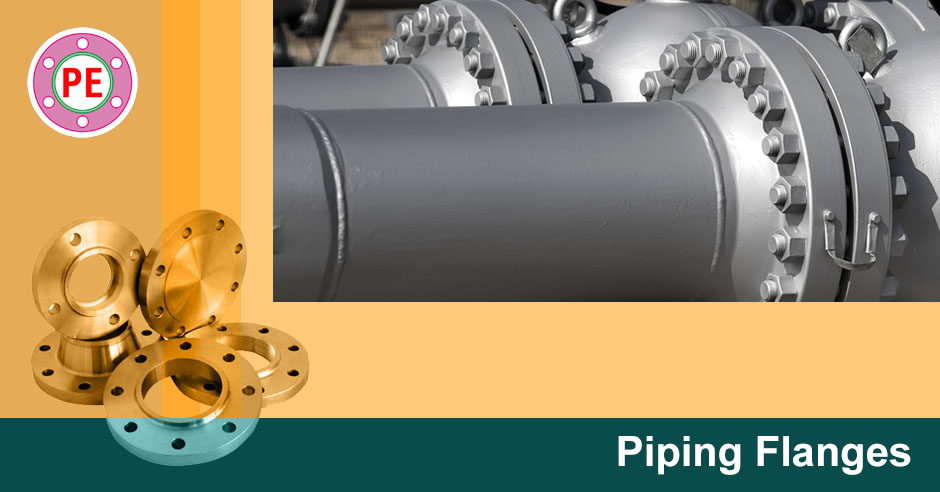
Materials of Construction
Flanges are made by forging process. So Materials of Construction are as follows.
- A105 : Standard Specification for Carbon Steel Forgings for Piping Applications.
- A181 : Standard Specification for Carbon Steel Forgings, for General-Purpose Piping.
- A182 : Standard Specification for Forged or Rolled Alloy and Stainless Steel Pipe Flanges, Forged Fittings, and Valves and Parts for High-Temperature Service.
- A350 : Standard Specification for Carbon and Low-Alloy Steel Forgings, Requiring Notch Toughness Testing for Piping Components.
[google-square-ad]
Applicable Standards
Flanges are made internationally according to following standards :
- ASME B16.1 : Cast Iron Pipe Flanges and Flanged Fittings: Classes 25, 125, and 250
- ASME B16.5 : Pipe Flanges and Flanged Fittings NPS 1/2 Through NPS 24 Metric/Inch Standard
- ASME B16.47 : Large Diameter Steel Flanges (NPS 26 Through NPS 60)
- DIN EN 1092-1 : Forged Stainless or Steel Flanges.
Types of Flanges
- Slip on Flanges
- Socket Weld Flanges
- Threaded Flanges
- Welding Neck Flanges
- Reducing Flanges
- Blind Flanges
- Lap Joint Flanges
Slip On Flanges
- Slip on flanges are generally forged with a hub.
- When they are made from plates they do not have hub.
- Slip on flanges are more economic than weld neck flanges.
- They are used in non-critical applications above 2″ npd.
- Slip on flanges are welded to pipe both inside and outside.
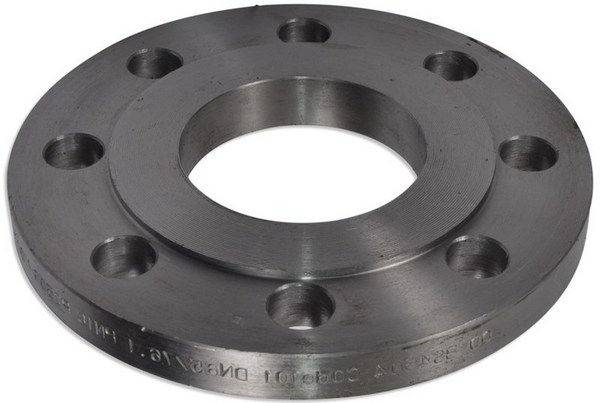
[google-square-ad]
Socket Welding Flanges
- Socket weld flanges are used in socket welding small bore piping.
- They are welded only on outside of the pipe.
- There is small pocket after pipe to accommodate thermal expansion of pipe, which stagnates fluid and can corrosion if fluid is highly corrosive.
- Socket welded flanges shall be specified with connection pipe thickness to ensure proper bore dimensions.
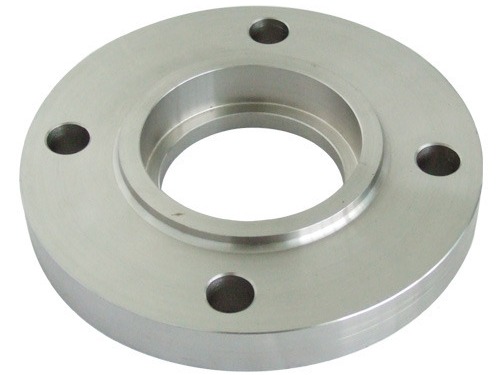
Threaded Flanges
- Threaded Flanges are used for small bore threaded piping.
- They are also used at locations where welding is not allowed.
- Threaded flanges are used in temperature range of 25 Deg C to 450 Deg C.
- The threads can be NPT (Nominal Pipe Threads) or BSPT (British Standard Pipe Threads) as required in the Piping specification.
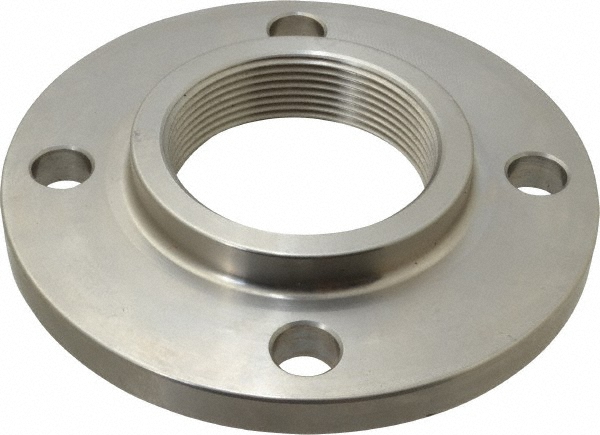
[google-square-ad]
Welding Neck Flanges
- Welding Neck Flanges are butt welded to the pipe.
- As Radiography is required for all welds in critical services, welding neck flanges are majorly used in such locations.
- The thickness of the welding neck flanges needs to be specified for procurement which is generally same as the pipe thickness of the same size.
- Welding neck flanges are more expensive and used in high temperature, flammable, toxic etc. services.
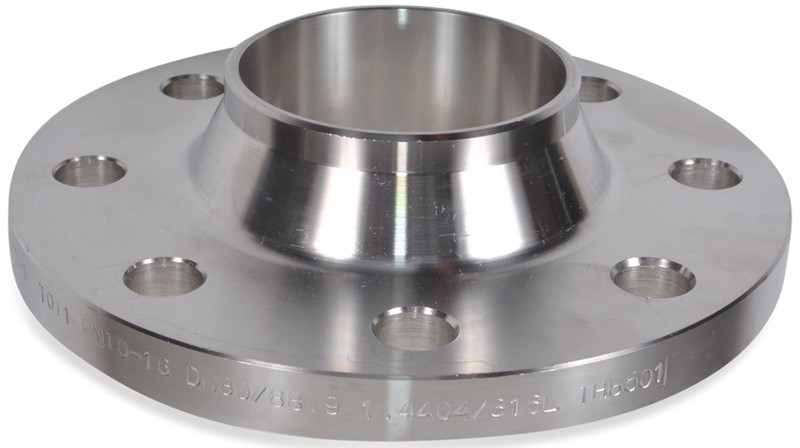
For details information, check out this article on Weld Neck Flanges.
Lap Joint Flanges
- Lap Joint flanges are used along with stub end which is butt welded to pipe.
- It is used where pipe is of higher grade or exotic material.
- Loose flange is mostly carbon steel.
- The inside diameter of the lap joint flanges are machined to fit onto the radius of stub end.
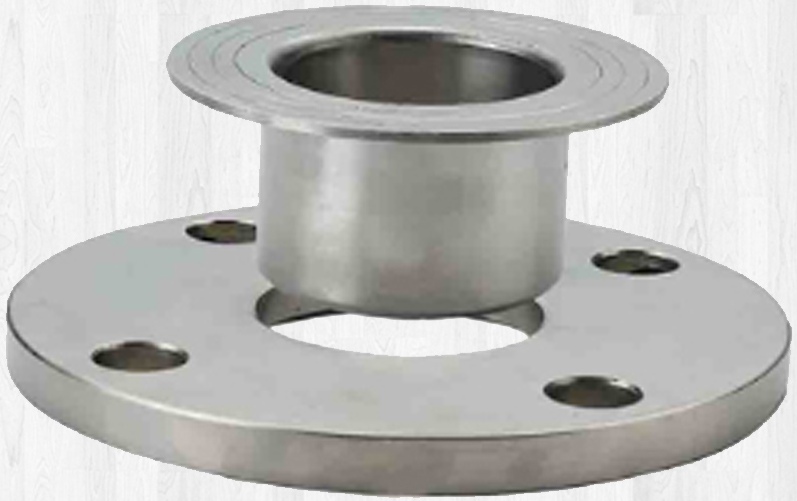
For details information, check out this article on Lap Joint Flanges
Blind Flanges
Blind Flanges are used to close the end of the pipe and are bolted on to the other flange. In few locations, blind flanges are procured with tapped holes for instruments or drain connection.
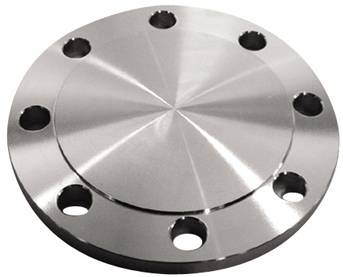
Reducing Flanges
Reducing flanges are used to connect the pipes of different diameter without the use of a reducer. The dimensions and thickness of the reducing flange should be of the larger diameter pipe but the inside diameter is to suit the smaller diameter pipe.
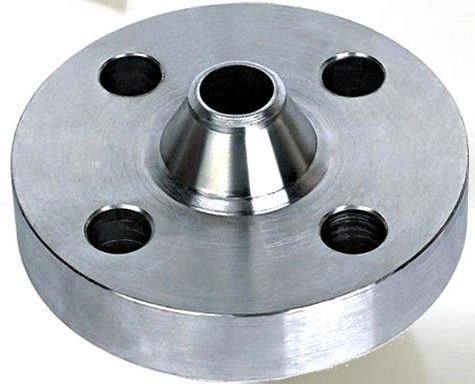
Available Flange Ratings
- For Flange upto 24″, available Ratings are : 150#, 300#, 400#, 600#, 900#, 1500# and 2500#.
- For Type A Flanges, 26″ to 60″, available ratings are 150#,300#, 400#, 600# and 26″ to 48″ for 900#.
- For Type B Flanges, 26″ to 60″, available ratings are 75#,150#,300#. Sizes 26″ to 36″ for 400#, 600# and 900#.
The PT rating charts as specified in ASME B16.5 specify the working pressure which a flange can withstand at a particular temperature.
The indicated pressure class of 150#, 300#, etc is the basic ratings and the flanges can withstand higher pressure at lower temperatures.
[google-square-ad]
Flange Facings
- Flat Face,
- Raised Face,
- Male-Female,
- Tongue-Groove,
- Rig Type Joint.
Flat Face Flanges
Flat Face flanges are used when the counter flanges are flat face.
Flat Face Flanges are mainly used at connection to cast iron equipment, valves and specialties. Flat Face flange has a gasket surface in the same plane as the bolting circle face.
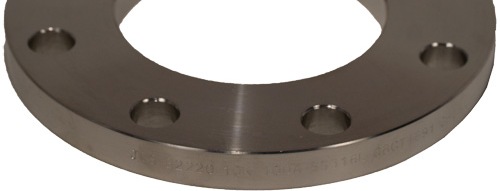
Raised Face Flanges
Raised Face pipe flanges are the most commonly used flanges.
The raised face thickness for 150# and 300# are included in the specified flange thickness and for higher rating they are not included in the flange thickness.
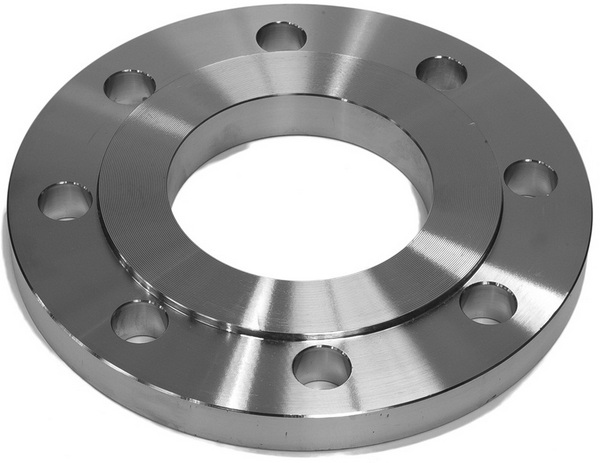
Male Female Pipe Flanges
Male Female pipe flanges are better version of Raised face flanges.
Tongue and Groove Flanges
Tongue and Groove pipe flanges are most reliable type of flange joint but are costlier than the other type of flanges.

[google-square-ad]
Ring Type Joint Flanges
The Ring Type Joint flanges are generally used in high pressure (Class 600 and higher rating) and/or high temperature services above 800°F (427°C).
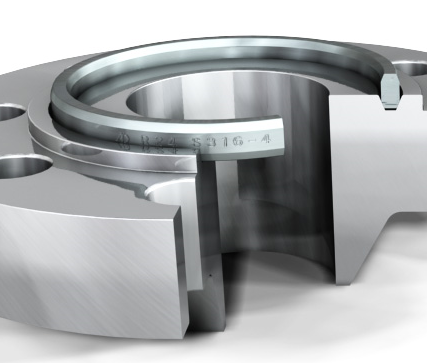
[google-square-ad]
Flange Face Finishes
- Available Face Finishes are Stock Finish, Smooth/Serrated Finish and Extra Smooth Finish.
- Stock Finish flanges are used with non-metal gaskets.
- Allowable roughness for Stock Finish Flanges is 250-500 or 500 to 1000 micro inch AARH.
- Smooth/Serrated Finish flanges are used with metal or spiral wound gaskets.
- Allowable roughness of Smooth/Serrated Finish flanges is 125-250 micro inch AARH.
- Extra Smooth Finish Flanges are used with Metal RTJ and T/G Flanges.
- The maximum allowable roughness for Extra Smooth Finish Flanges is 63 micro inch AARH.
- Type of flange face serrations are Concentric and Spiral.
- Spiral serrations are generally used type.
- Concentric serrations are used where the conveying fluid is highly flammable or toxic or lower molecular weight gas.
Series B Flanges
Series B specifies flange dimensions for compact flanges that, in most cases, have smaller bolt circle diameters than Series A flanges. Compact flanges are used in cramped locations like on ship, offshore platforms etc. As per B16.47, Ring joint flanges are available only upto 36″. Ring Joint Flanges for 150# rating are only upto 24″.
